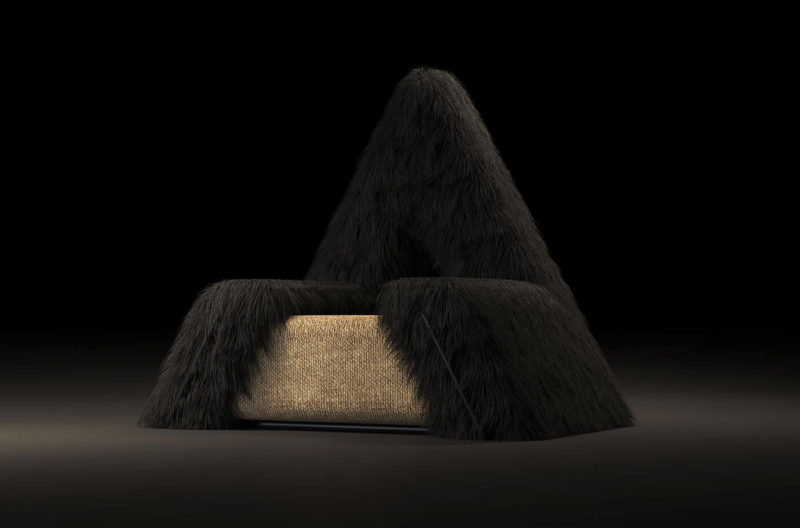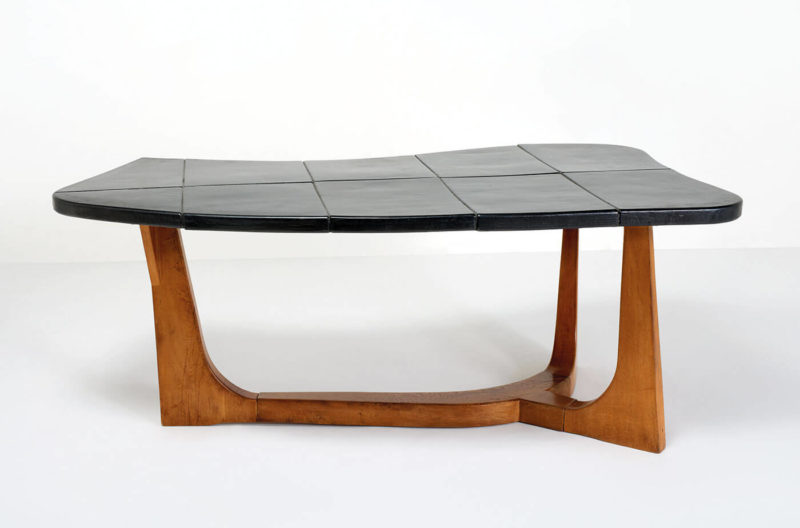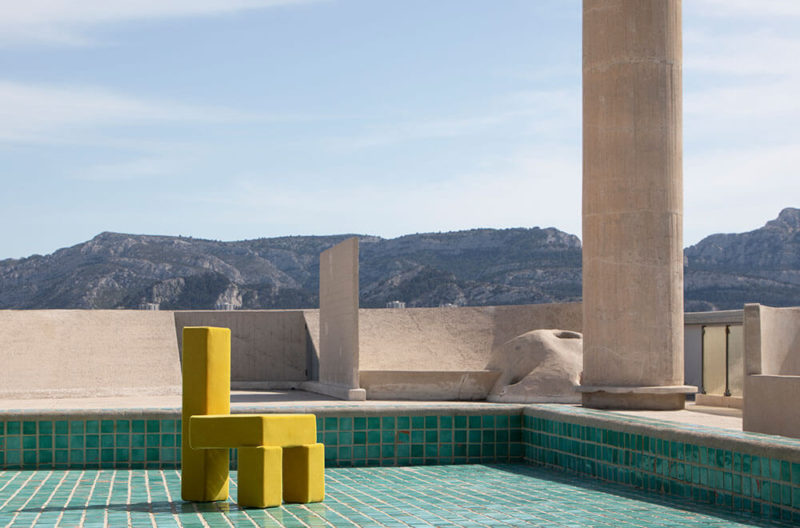Design Miami/ Basel 2022
TDE previews Europe's leading fair for collectible design, bringing you the highlights.
Hall 1 Süd, Messe Basel, Switzerland
14th-19th June 2022

Pierre Guariche, ‘Applique G25’, 1951 (detail)
COURTESY: Pierre Guariche & Galerie Pascal Cuisinier
THE SIXTEENTH EDITION of Design Miami/Basel, the leading fair for upmarket, collectible design, returns this week to the Messe convention centre in Basel, Switzerland. Around 30 international galleries, representing everything from historically important pieces to cutting-edge contemporary design, are converging at the venue.
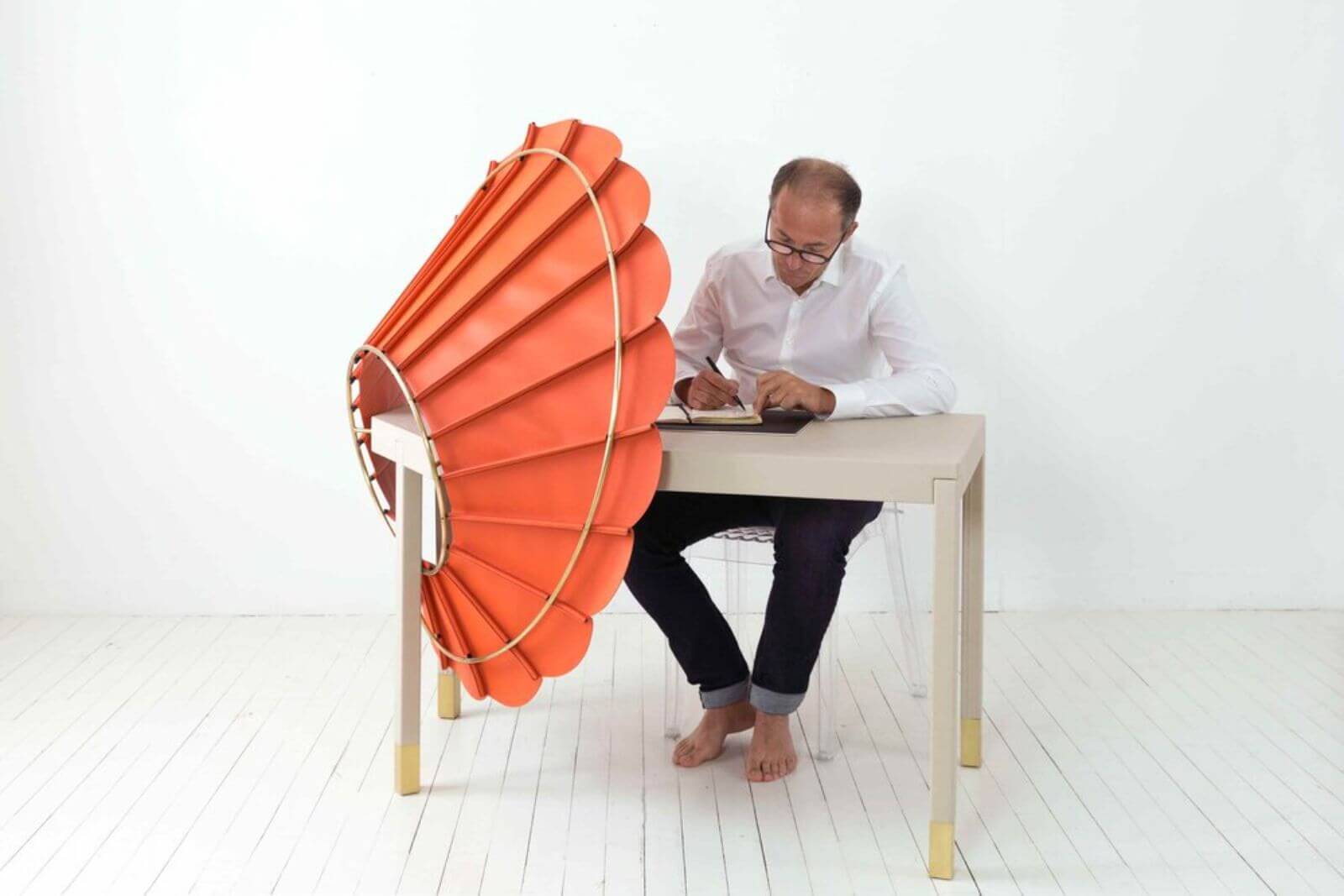
Matali Crasset, ‘Espace Sonirique’, 2018
COURTESY: Matali Crasset & Galerie MICA
This is the first edition led by the new curatorial director, Maria Cristina Didero. As a demonstration of her thinking, Didero has curated a selling exhibition, ‘The Golden Age: Rooted in the Past’, for what is dubbed the ‘Podium’ concept – featuring works from different galleries.
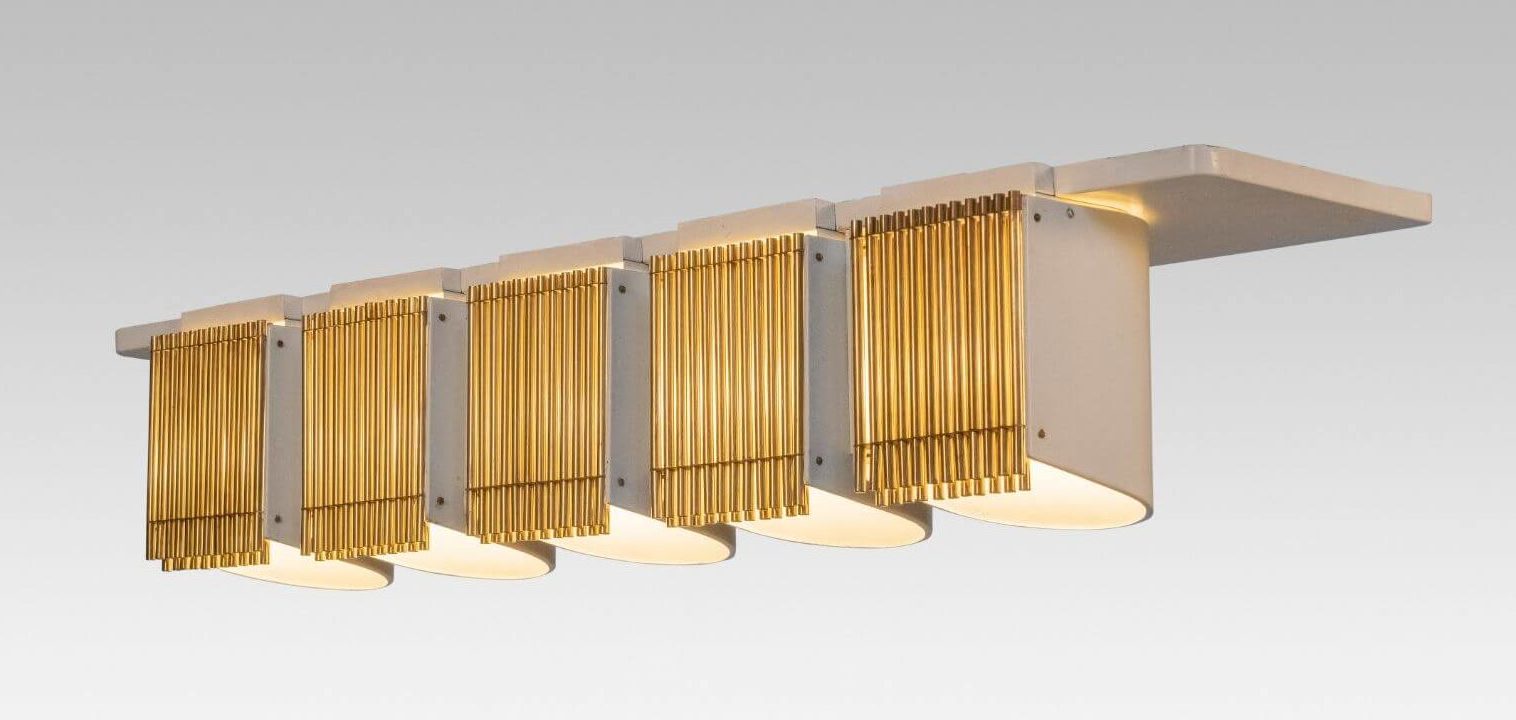
Alvar Aalto, ‘Ceiling Lamp’, 1960
COURTESY: Alvar Aalto & Gokelaere & Robinson
“My idea is to bring an optimistic twist about a dream future,” Didero told TDE. “We worked closely with the galleries who all had different interpretations of the theme – from Pierre Paulin’s ‘Water Lilies Bowl’ at Pascal Cuisinier, Paris, to a pair of bunk beds by Carlo Mollino at Milan’s Rossella Colombari gallery.”
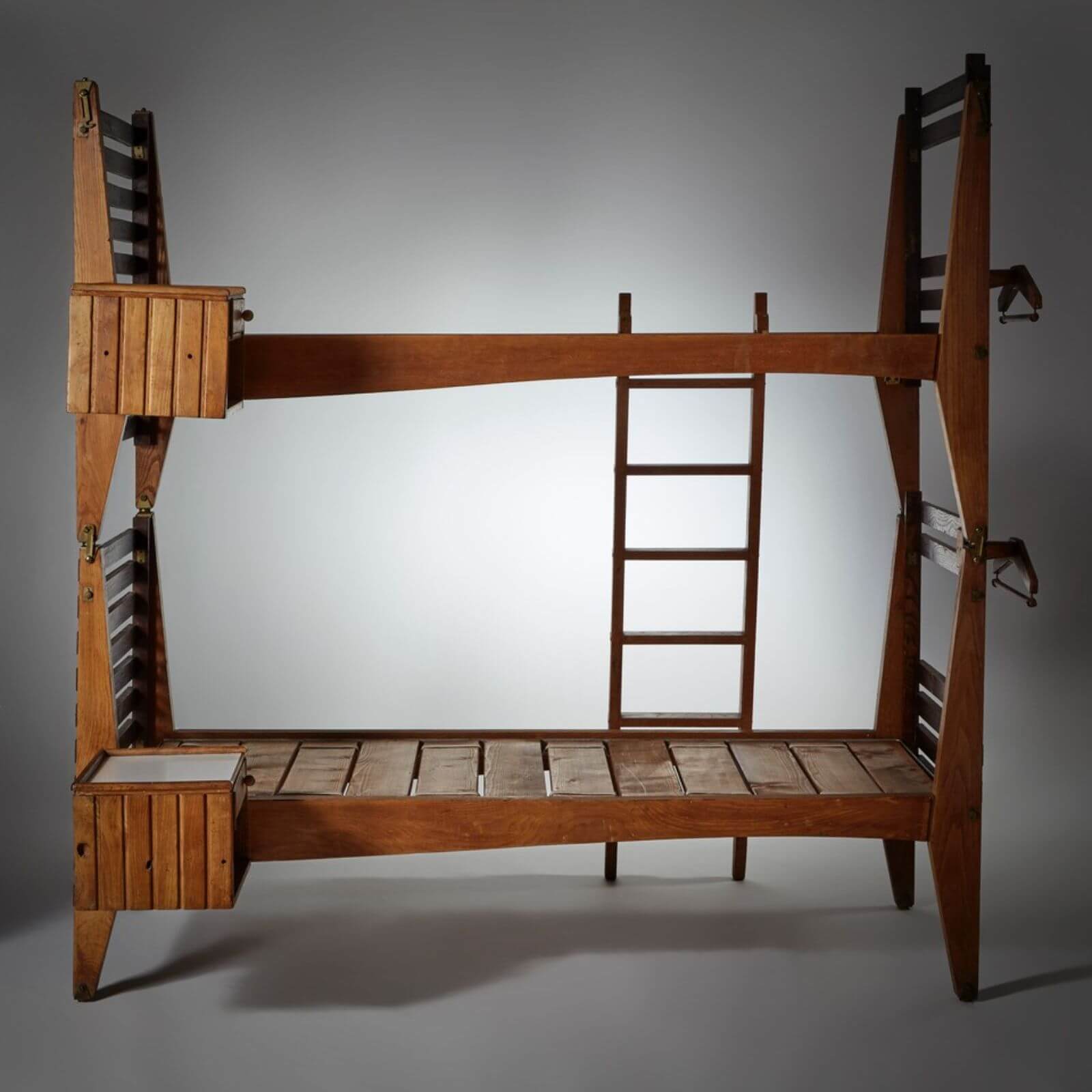
Carlo Mollino, ‘Pair of stackable single beds’, 1953-54
COURTESY: Carlo Mollino & Galleria Rosella Colombari
Also eye-catching in Podium is Finnish designer Ilmari Tapiovaara’s red ‘Marski Chair’ (1960) – the headrest hovering above the chair which is raised on a wooden frame – at Eric Philippe (Paris).
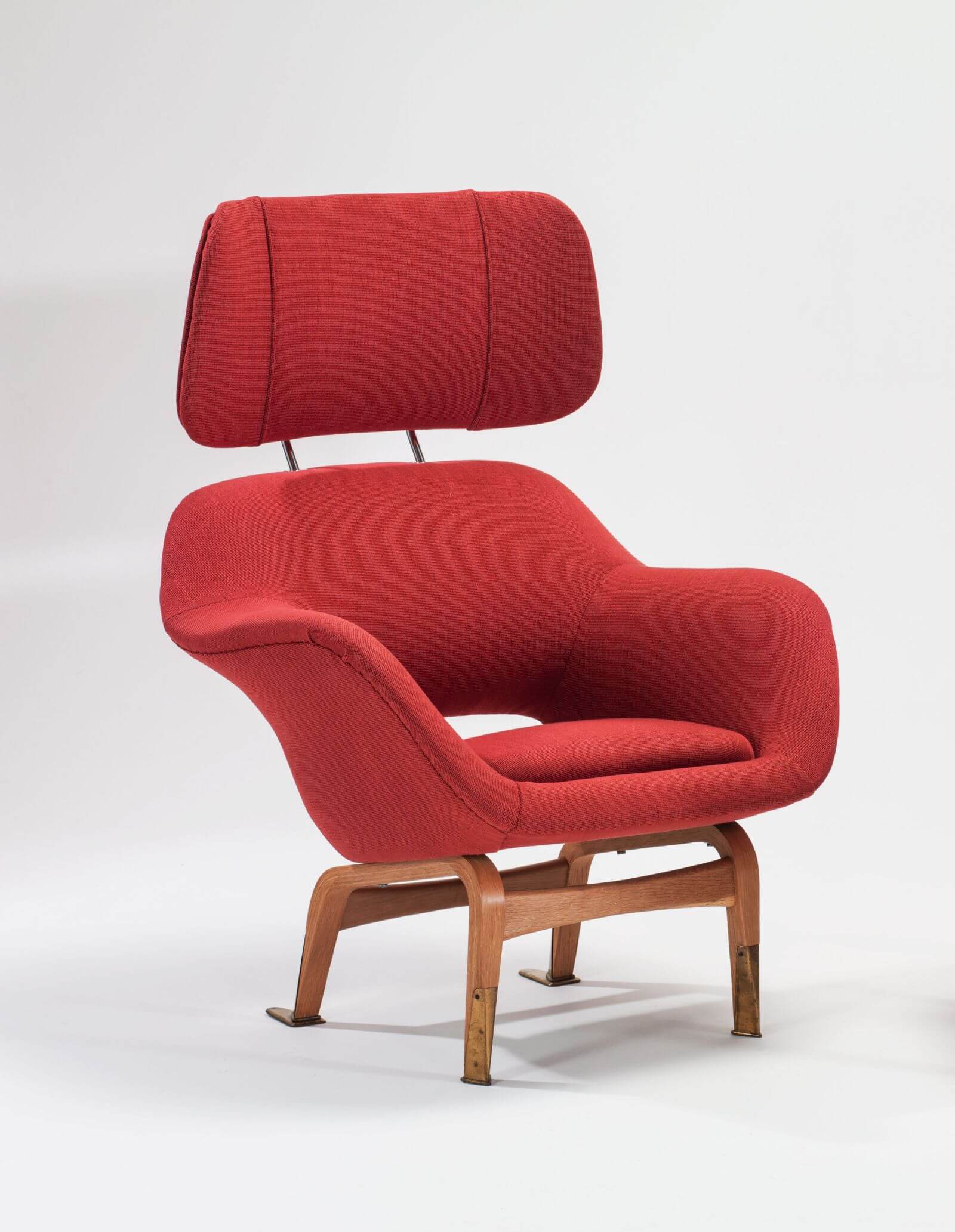
Ilmari Tapiovaara, ‘Marski Chair’, 1960
COURTESY: Ilmari Tapiovaara & Galerie Eric Philippe
In the Curio section, 18 international galleries and designers are presenting variations of curiosity cabinets. Didero picks out as a highlight the ‘Veleni’ (Italian: ‘venoms’) tableware collection (2022) by the creative team Lanzavecchia + Wai. “They’re about all the poisons that we inject into our bodies every day, like microfibres and plastics,” Didero explains of the project, which is produced by Particle.
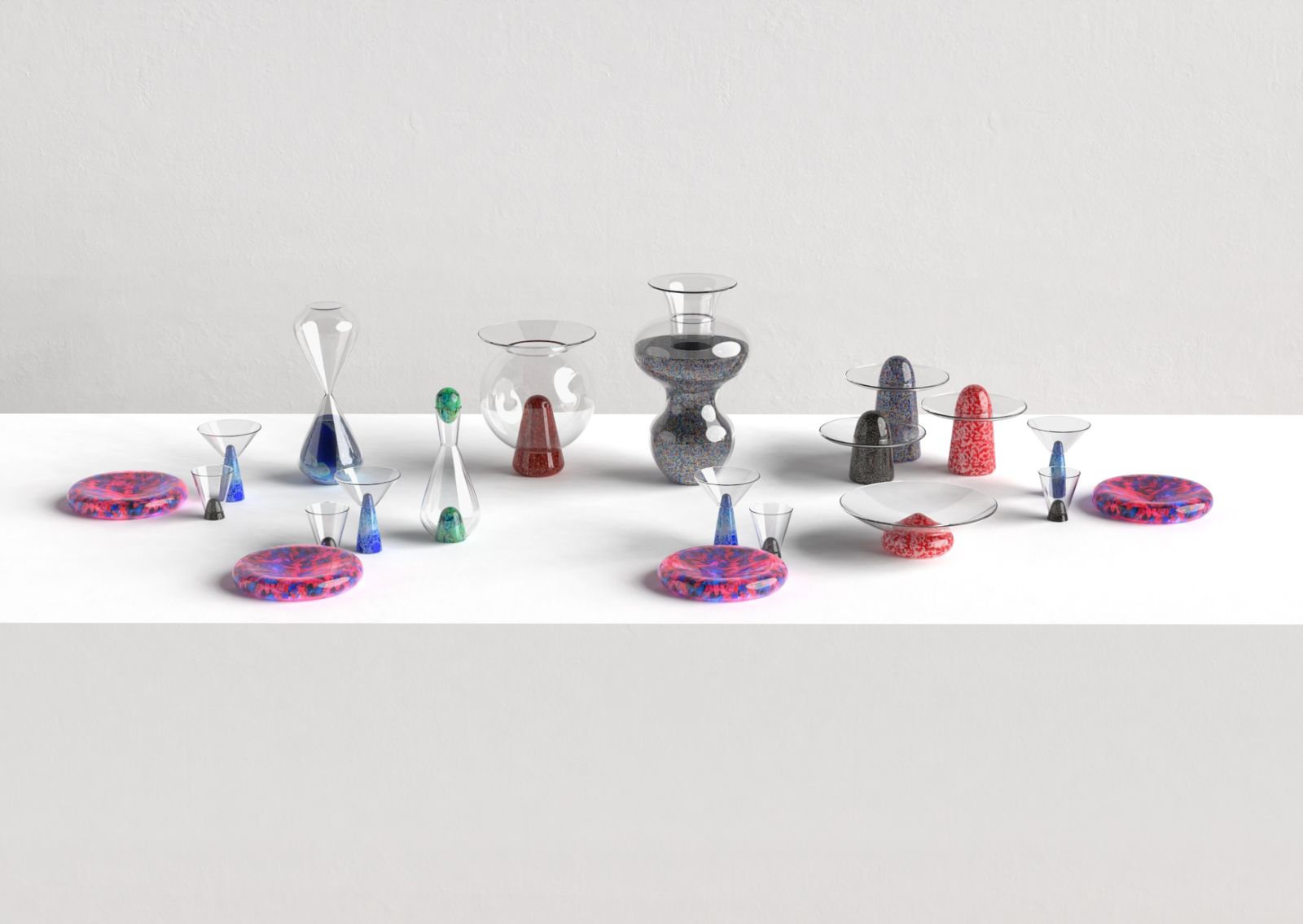
Lanzavecchia + Wai at Particle, ‘Veleni’, 2022
COURTESY: Particle and Lanzavecchia + Wai
Among other standouts in the Curio section are Matali Crasset’s ‘Espace Sonirique’ (2018) – a desk with a large red cone, inspired by a gramophone, at Galerie MICA x Lab (Rennes) – and Philippe Starck’s ‘Néon Easylight’ (1979), with black, ribbed edges. The light is shown by Ketabi Bourdet (Paris) as part of a solo display of Starck’s older work.
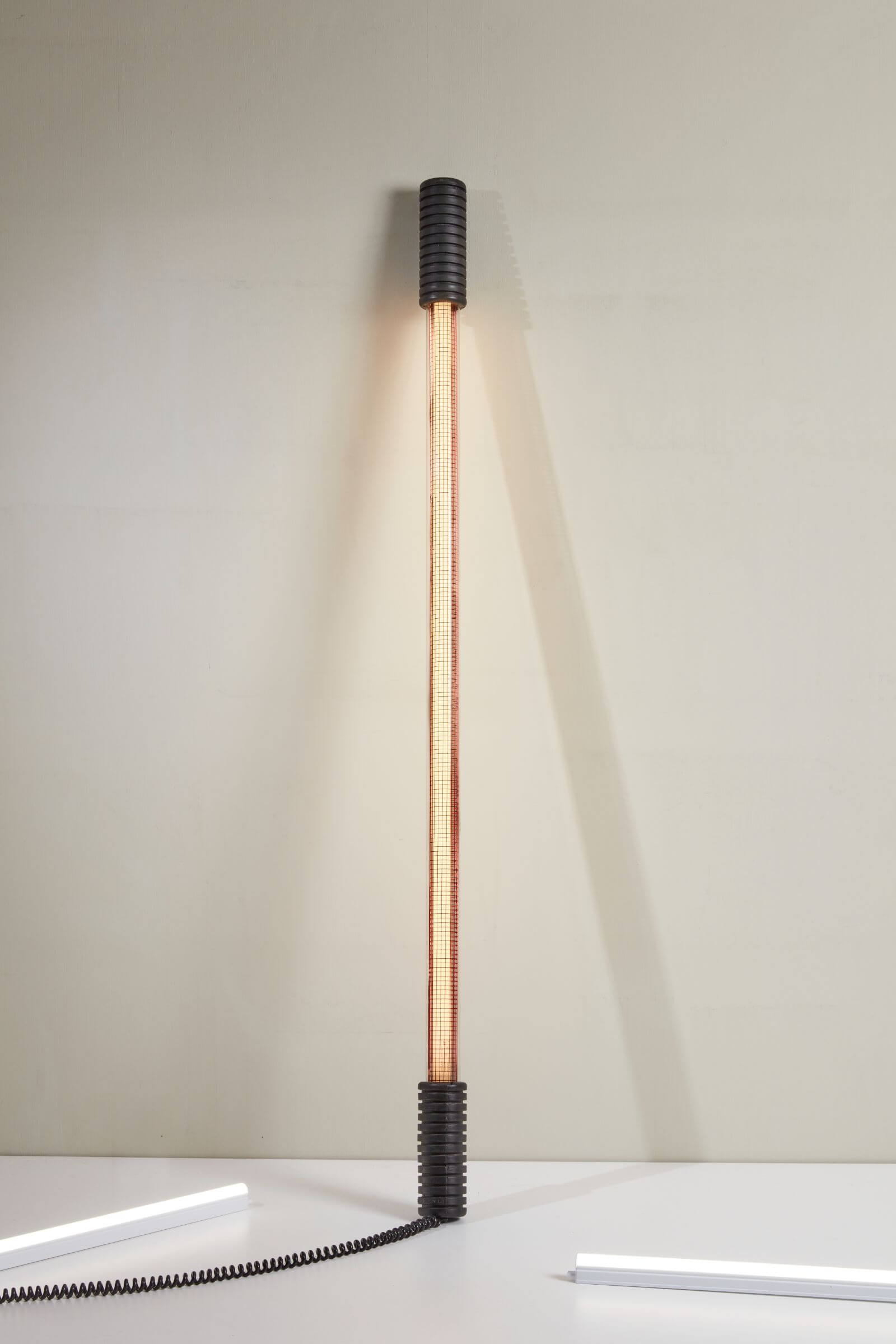
Philippe Starck, ‘Néon Easylight’, (detail) circa 1979
COURTESY: Philippe Starck & Ketabi Bourdet
There is playfulness, too, in the furniture made from the trunks of coconut trees, from which brightly coloured drawers pop out, by Ivorian designer Jean-Servais Somian at first-time exhibitor 193 Gallery (Paris). Somian’s exciting work, in colours celebrating the vibrancy of Africa, has never been shown in Basel before.
Highly anticipated in the main section is the solo installation by American designer and sculptor Misha Kahn at New York-based gallery Friedman Benda. Kahn has become known for incorporating myriad materials, using both lo and hi tech processes, to create highly imaginative, brightly coloured, maximalist pieces that carry a sense of spontaneity and unbridled freedom.
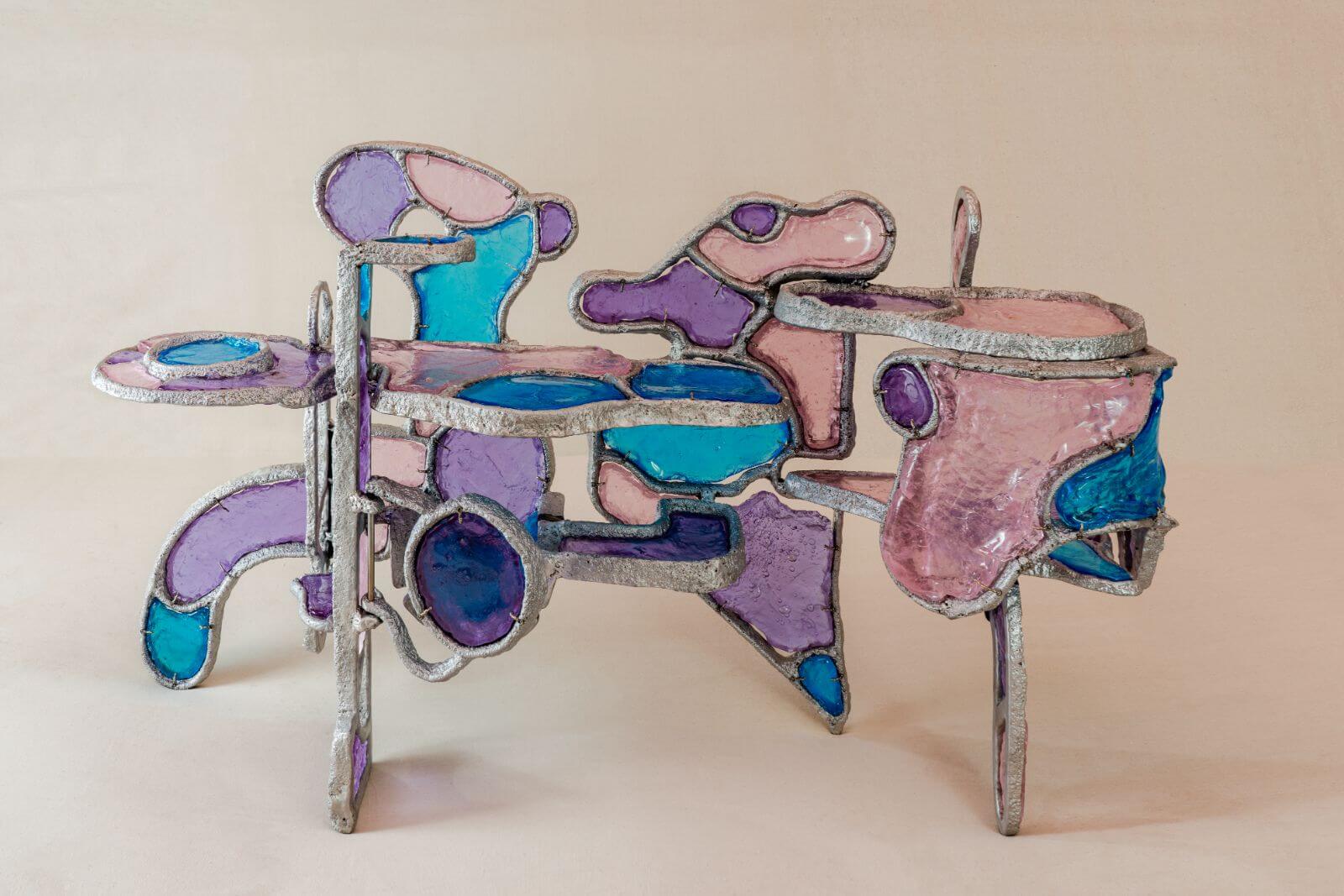
Misha Kahn, ‘A Latent Longing’, 2021
COURTESY: Misha Kahn & Friedman Benda
Included in Friedman Benda’s group presentation are works by Chilean design collective gt2P (Great Things to People), which uses unusual, natural materials in objects embracing what they refer to as a “paracrafting” approach – integrating art, science, cultural and material context, and contemporary production processes.
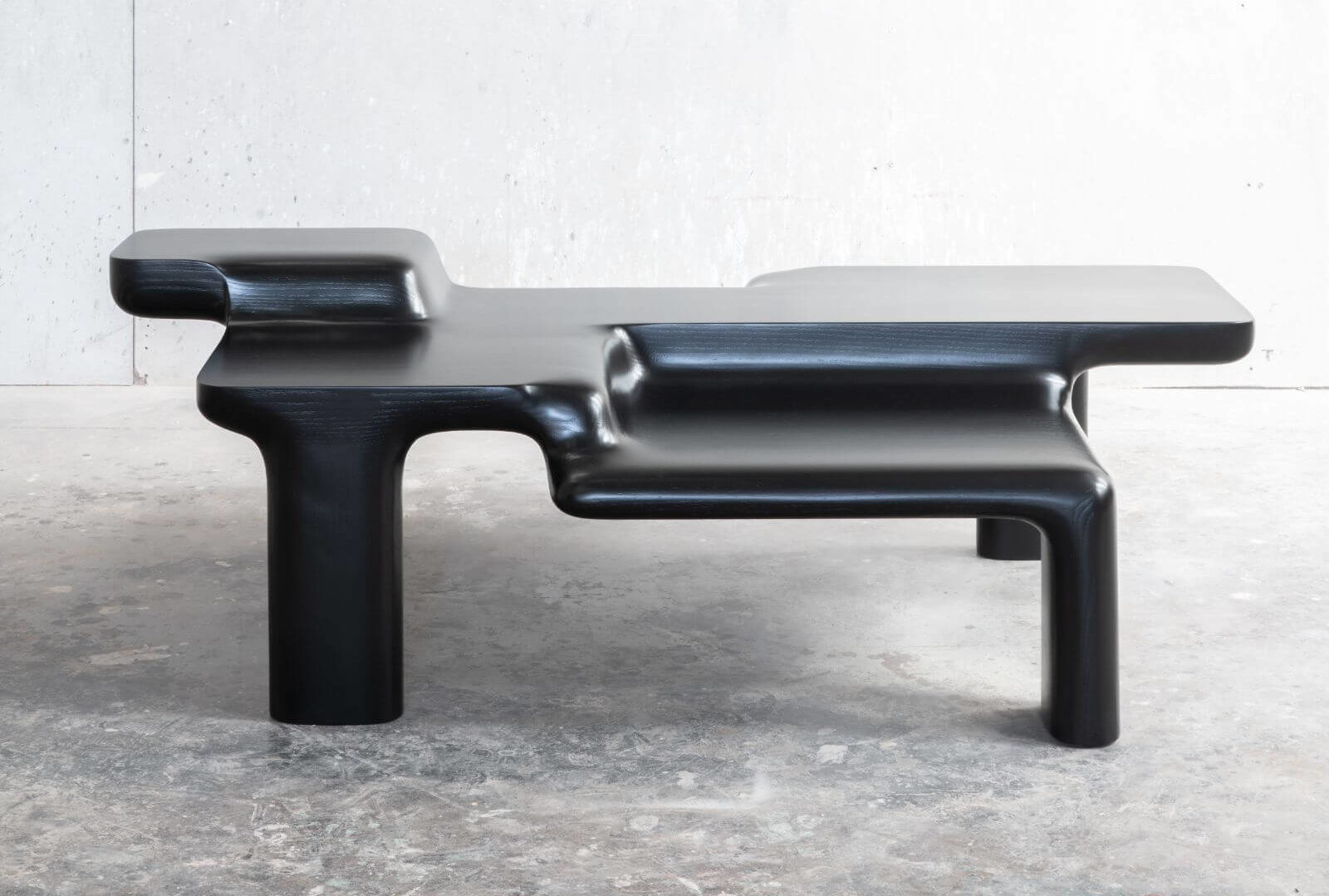
gt2P (Great Things to People), ‘Monople Coffee Table’, (detail) 2021
COURTESY: gt2P & Friedman Benda
Besides gt2P’s bronzed mirrors made from volcanic lava is the seductive ‘Monopole Coffee Table’ (2021), made from lacquered ash, which cleverly incorporates various levels and curved edges, recalling rock formations in nature.
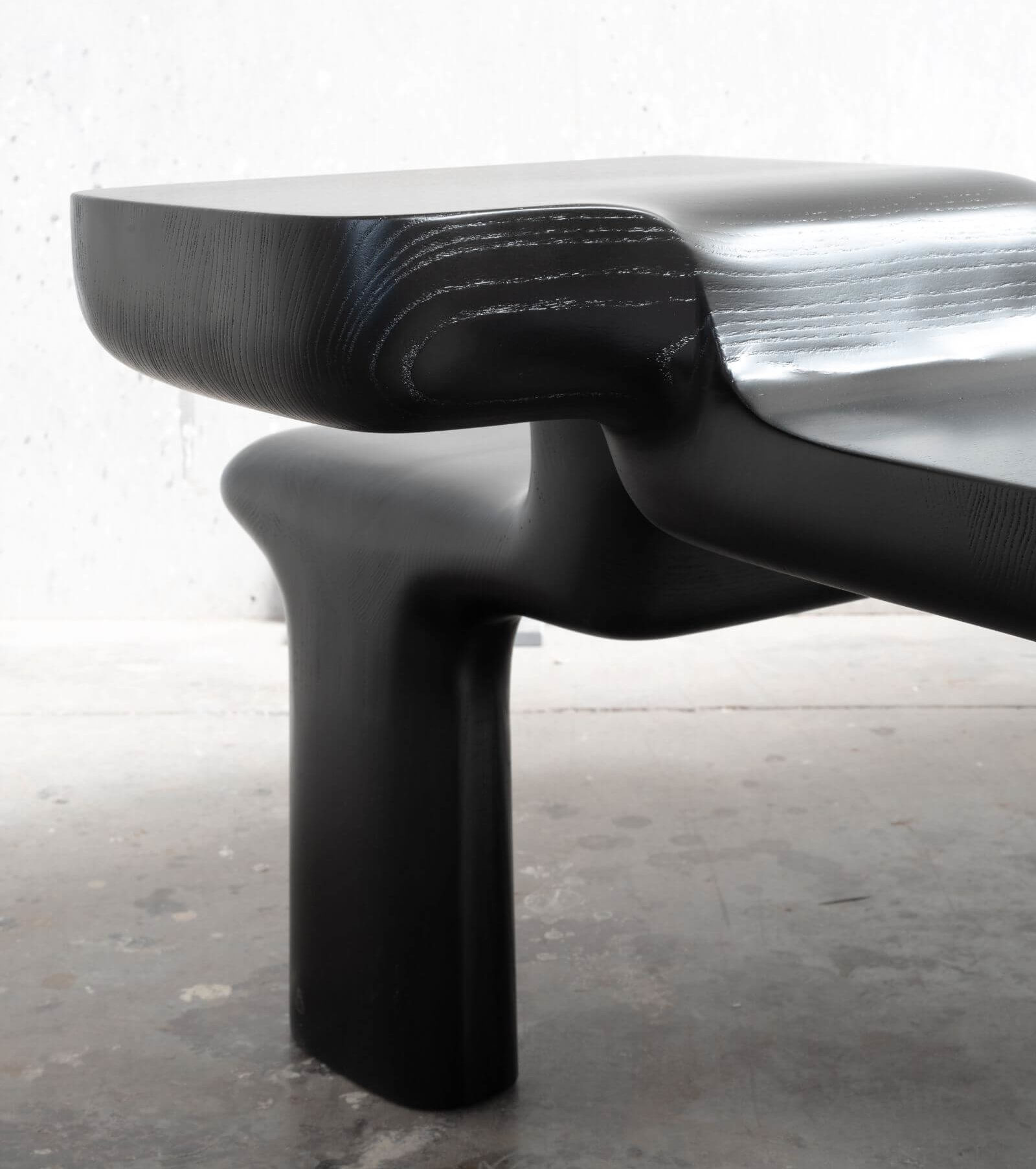
gt2P (Great Things to People), ‘Monople Coffee Table’, 2021
COURTESY: gt2P & Friedman Benda
Several galleries are showcasing the contrasting ways that designers work with materials and processes. For instance, Carpenters Workshop Gallery is exhibiting Italian designer Giacomo Ravagli’s ‘Barometro Table Lamp’ (2019), its irregular base beautifully carved from Italian marble, along with Afra & Tobia Scarpa’s set of ‘Artona Chairs’ (1975), made in walnut with scalloped ebony inlays.
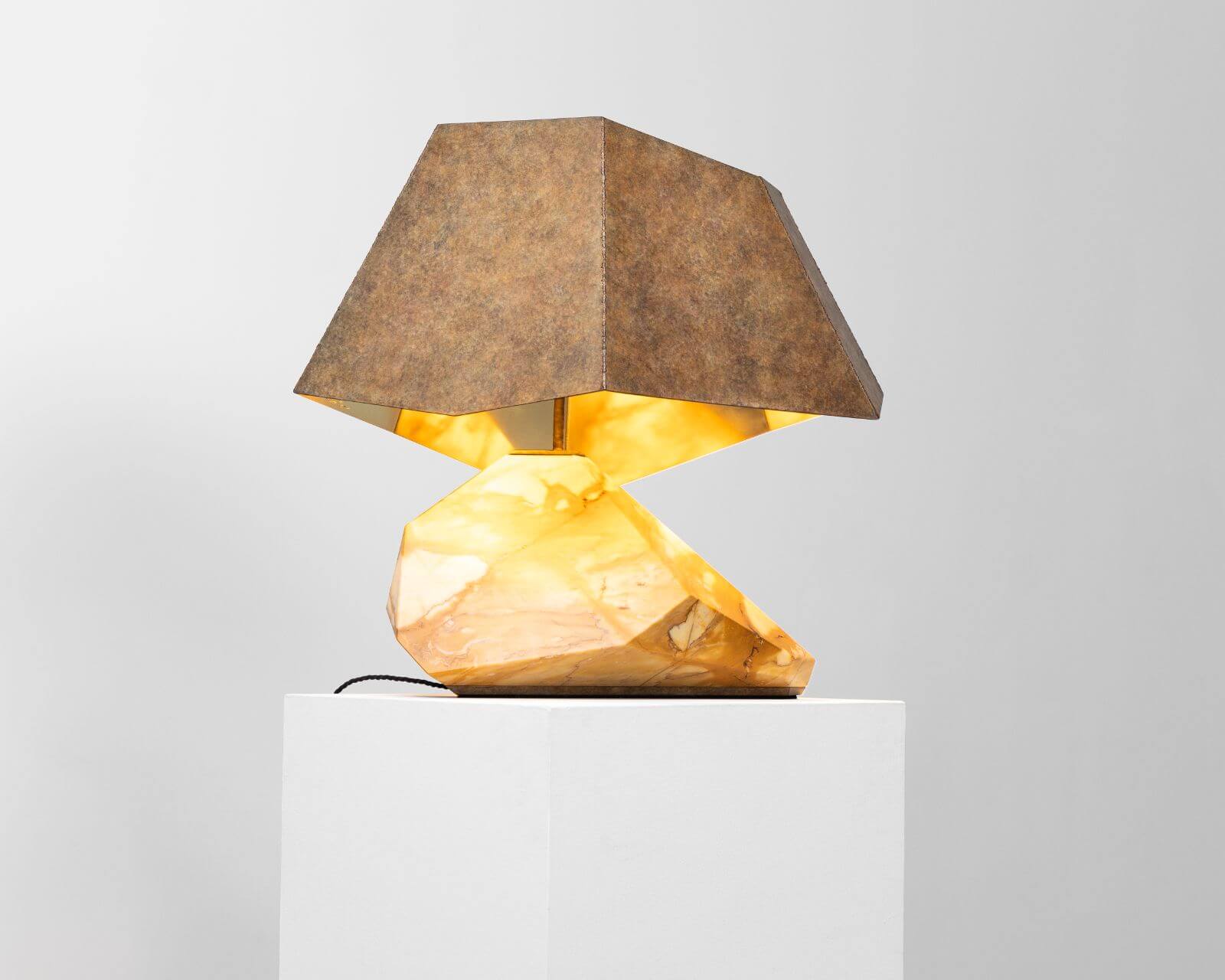
Giacomo Ravagli, ‘Barometro Table Lamp’, 2019
COURTESY: Giacomo Ravagli & Carpenters Workshop Gallery

Afra & Tobia Scarpa, ‘Artona Chair’, 1975
COURTESY: Afra & Tobia Scarpa & Carpenters Workshop Gallery
Among other discoveries are Eske Rex’s ‘Pull’ installation – a circular base attached to a pulley and ribbons of wood that open out to create a dwelling-place. On view at Maria Wettergren (Paris), it exemplifies the tension and craftsmanship at the heart of the Danish designer’s work.
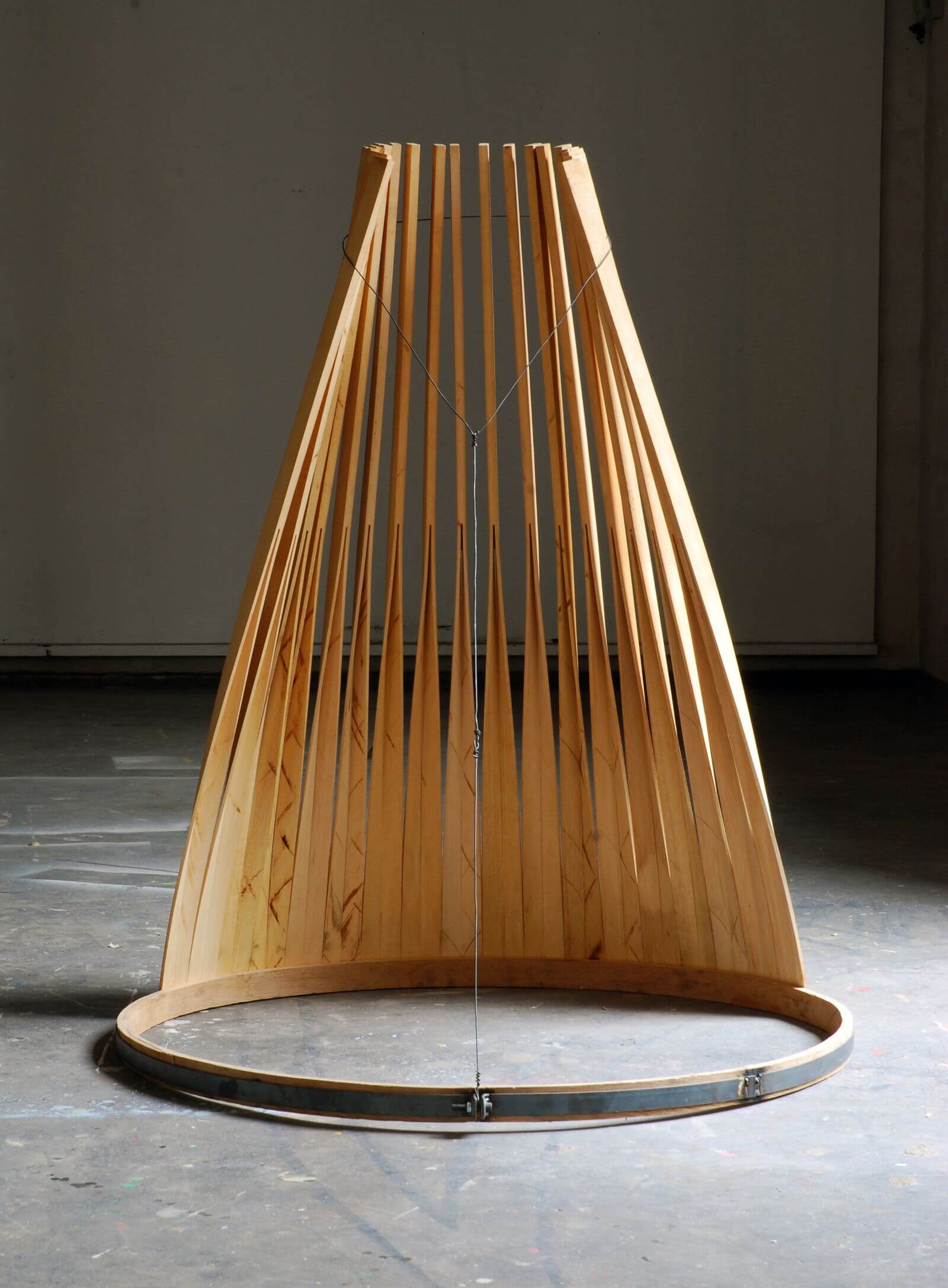
Eske Rex, ‘Pull’, 2010
COURTESY: Eske Rex & Galerie Maria Wettergren
Meanwhile, Pierre Marie Giraud (Brussels) is premiering Herzog & de Meuron’s ‘Hong Kong Stool’ (2002). This endearing piece grew out of the design process for the benches that the Swiss architects made for the visual culture museum, M+ in Hong Kong. Its form inspired by traditional Asian wooden gates, the stool was made from steamed bamboo, an industrially engineered material whose milled, rippled surface evokes the texture of bamboo sticks. Made without any screws, just one bamboo component holds it together.
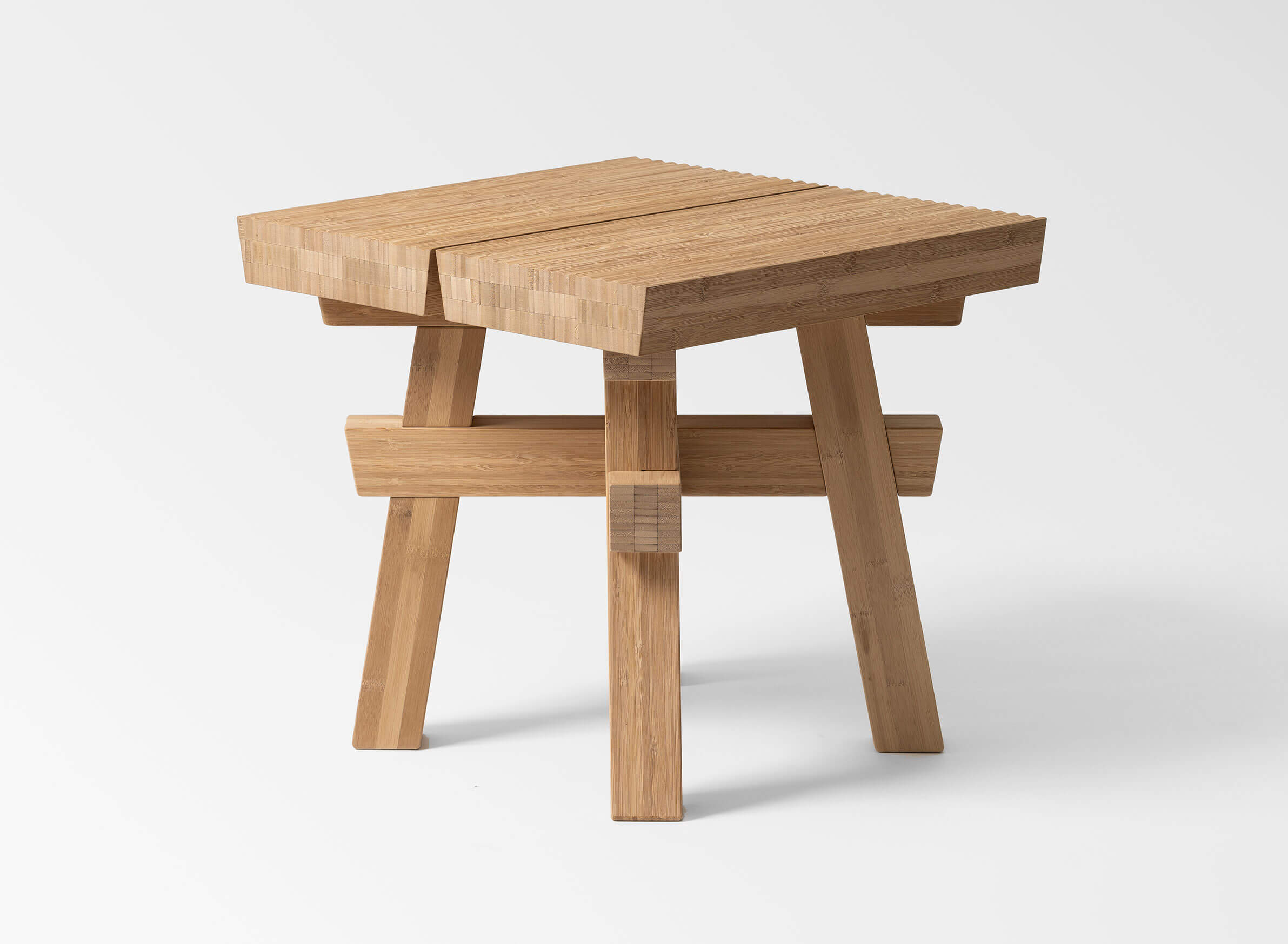
Pierre Marie Giraud & Herzog & de Meuron, ‘Hong Kong Stool, 2022
COURTESY: Pierre Marie Giraud & Herzog & de Meuron
Besides pieces that could be considered future greats is an abundance of works by artists and designers that have long found their place in the history of design.
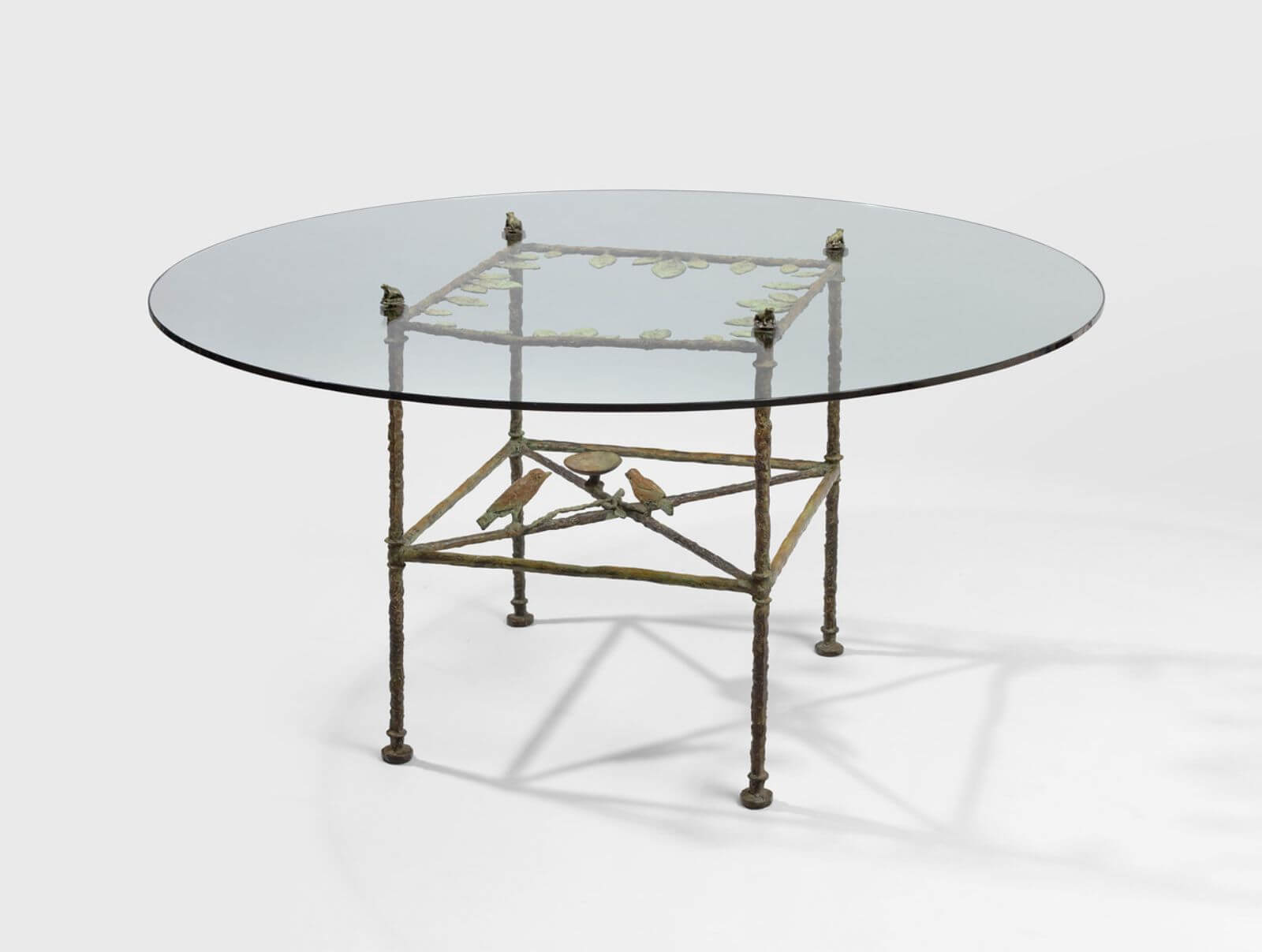
Diego Giacometti, ‘Table, Aux oiseaux et aux grenouilles’, circa 1983
COURTESY: Diego Giacometti & ©Hervé Lewandowski & Galerie Jacques Lacoste
The sweep of historical pieces ranges from Diego Giacometti’s circular table adorned with birds and frogs from around 1983 at Jacques Lacoste (Paris), to Finnish designer Antti Nurmesniemi’s ‘Bench’ (circa 1960) in contrasting woods at Eric Philippe (Paris).
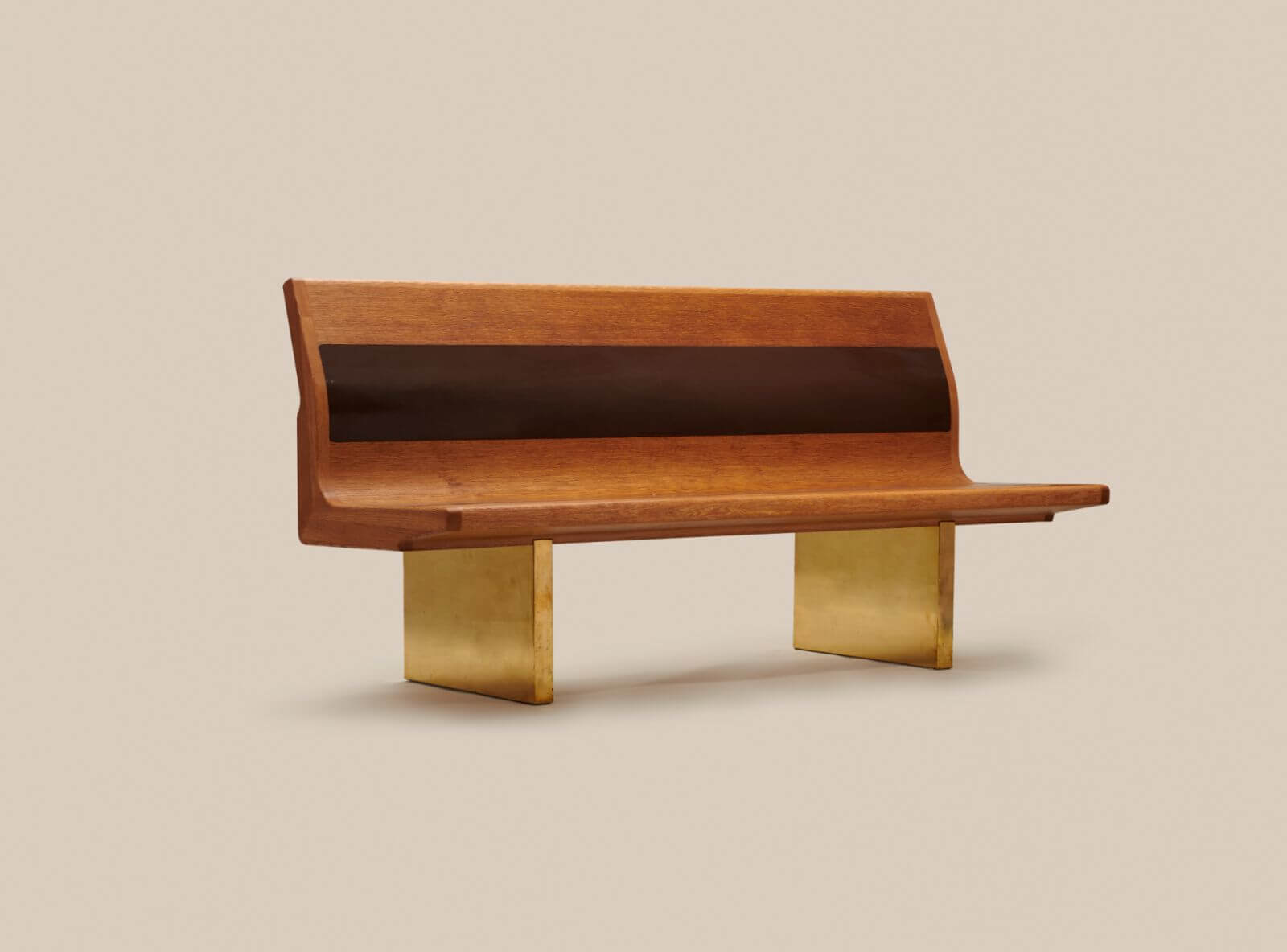
Antti Nurmesniemi, ‘Bench’, circa 1960
COURTESY: Antti Nurmesniem & Eric Philippe
Danish architect/designer Flemming Lassen’s elegant ‘Cane Chair’ (1940) at Galleri Feldt (Copenhagen), by contrast, offers a distinctly Danish approach to modernism.
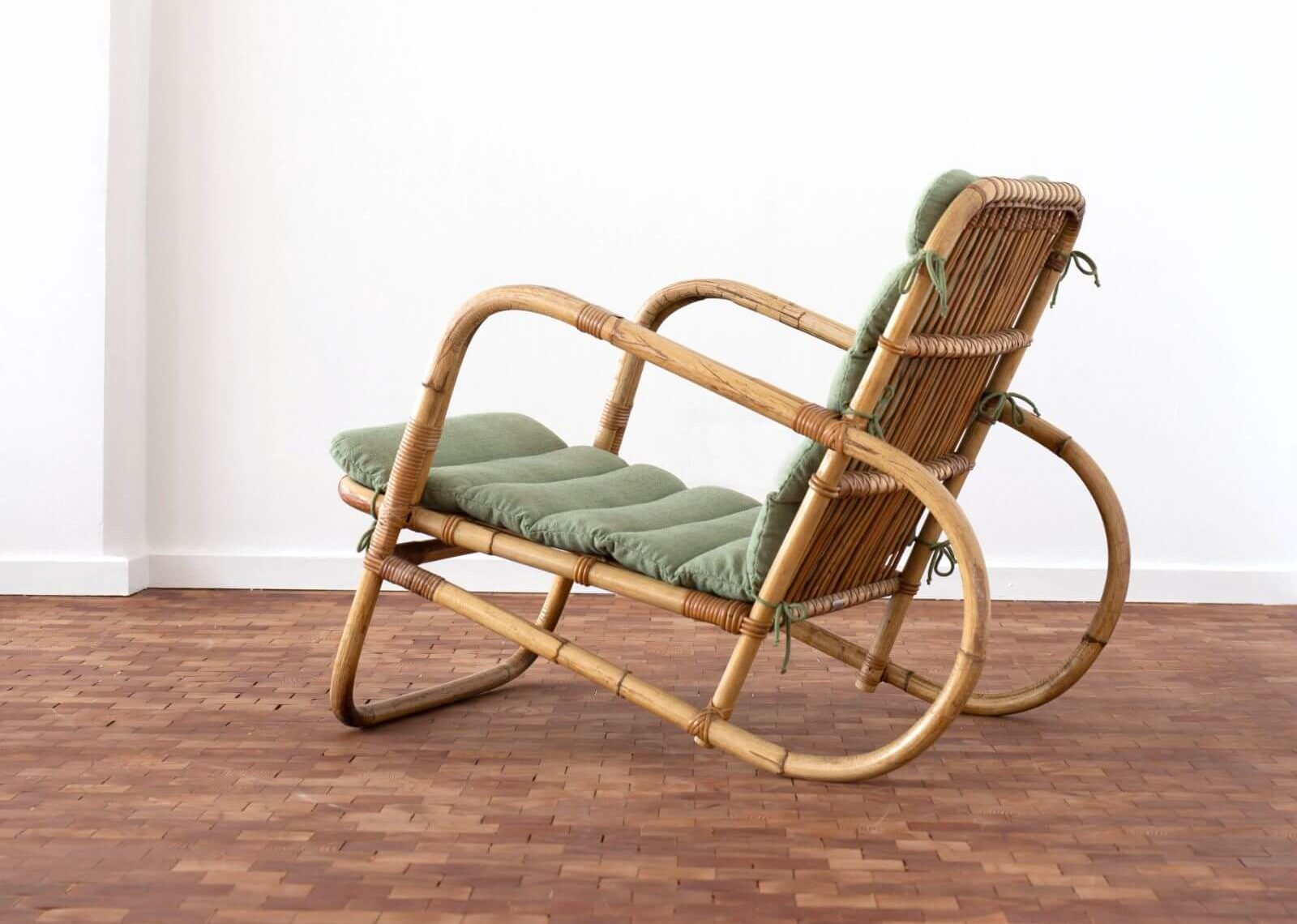
Flemming Lassen, ‘Cane Chair’, 1940
COURTESY: Flemming Lassen & Galleri Feldt
Unmissable at Design Miami/ Basel is the stand of Parisian dealer Patrick Seguin, who often exhibits installations of Jean Prouvé’s work. This year is no exception – Seguin is unveiling a partial reconstruction of Prouvé’s ‘Croismare Professional Training School for Glassmakers’ (1948).
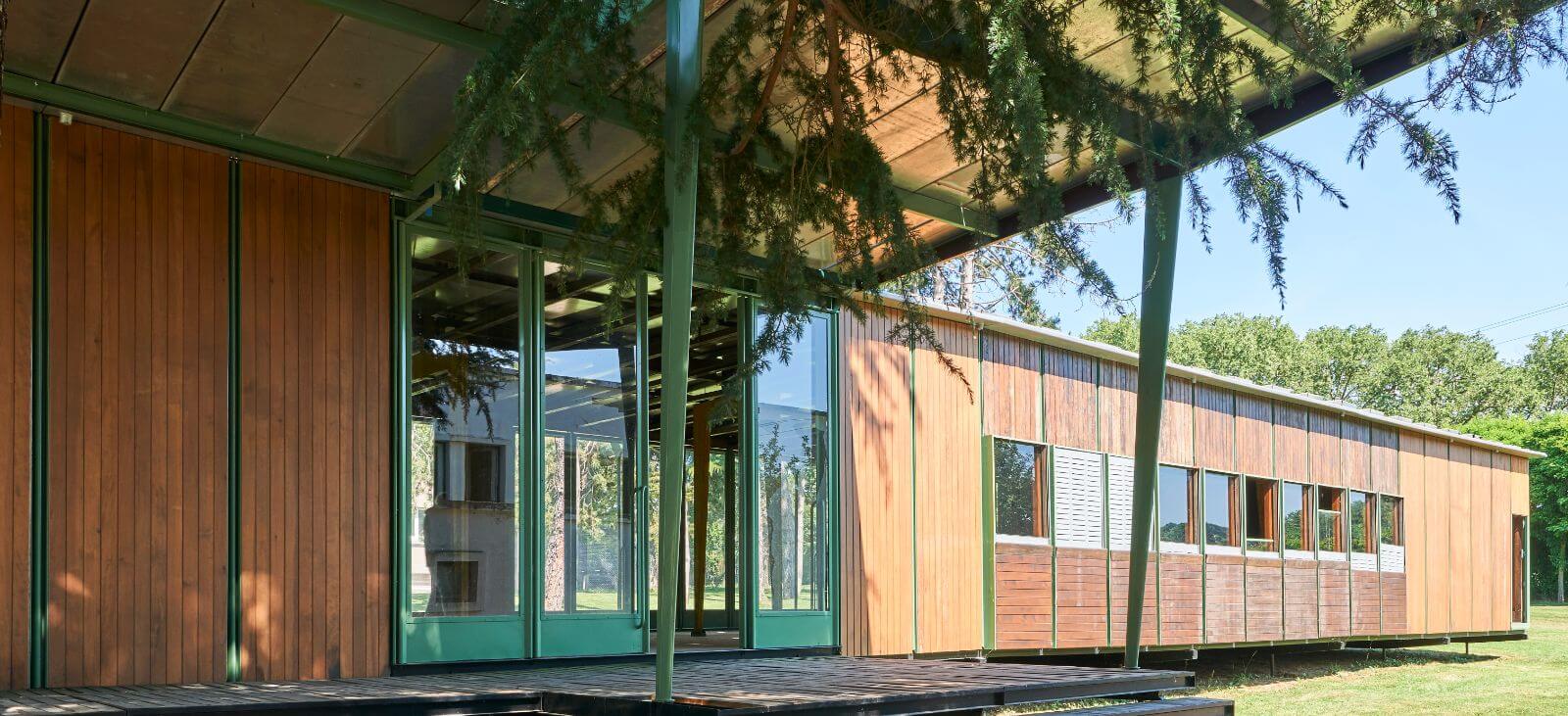
Jean Prouvé, ‘Croismare professional training center’, 1948
COURTESY: Jean Prouvé & Patrick Seguin
Located in northeast France, the school was the brainchild of glassmaker Paul Daum and commissioned by the Glassmakers’ Union to strengthen the profile of their industry. Hailed as epitomising “the modern school”, it is made of Prouvé’s trademark folded sheet steel and an imposing central portal frame.
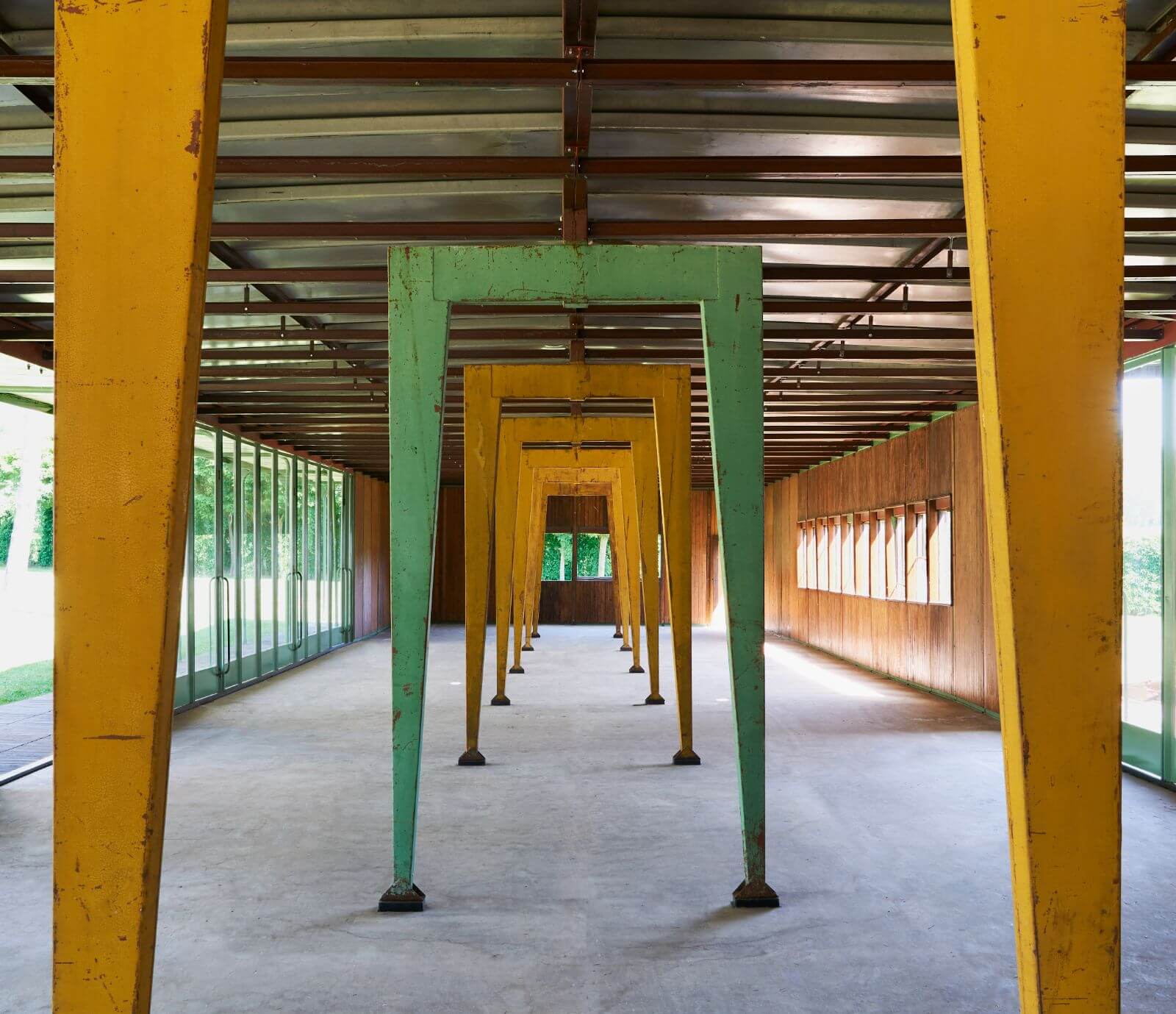
Jean Prouvé, ‘Croismare professional training center’, 1948
COURTESY: Jean Prouvé & Patrick Seguin




